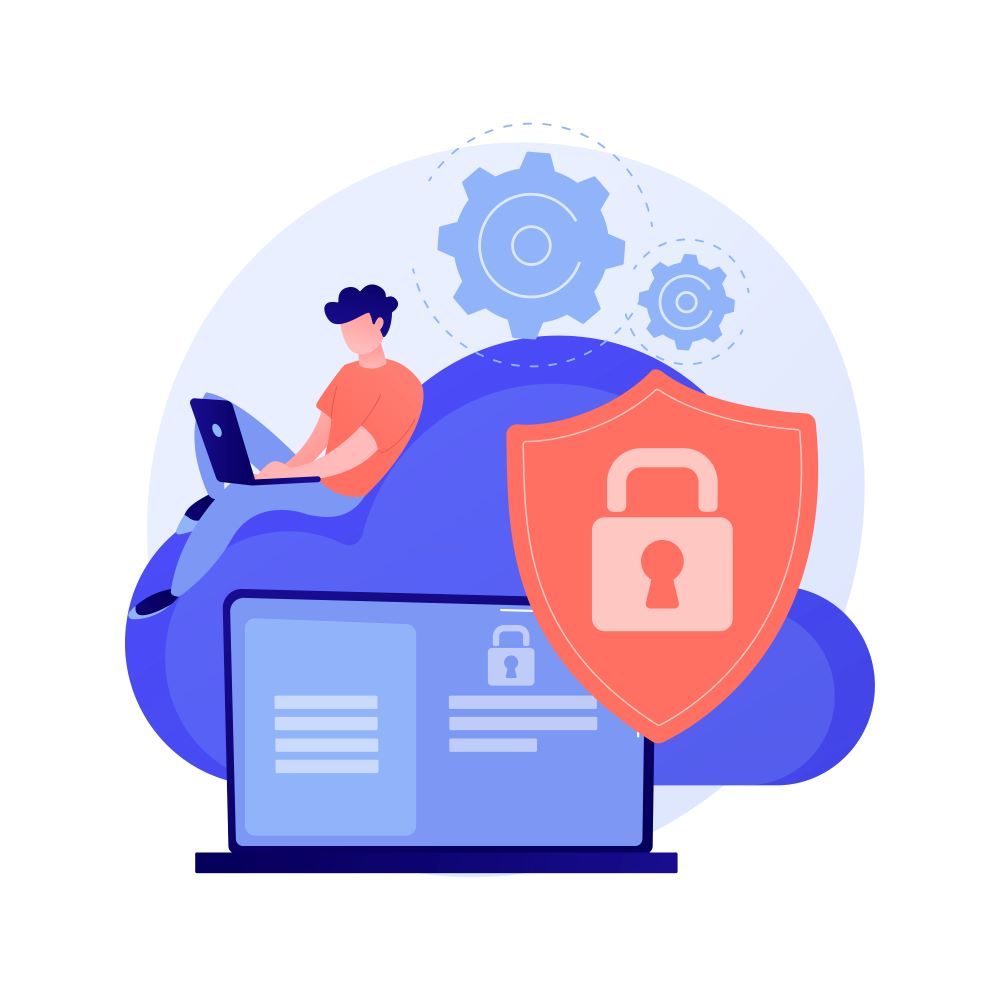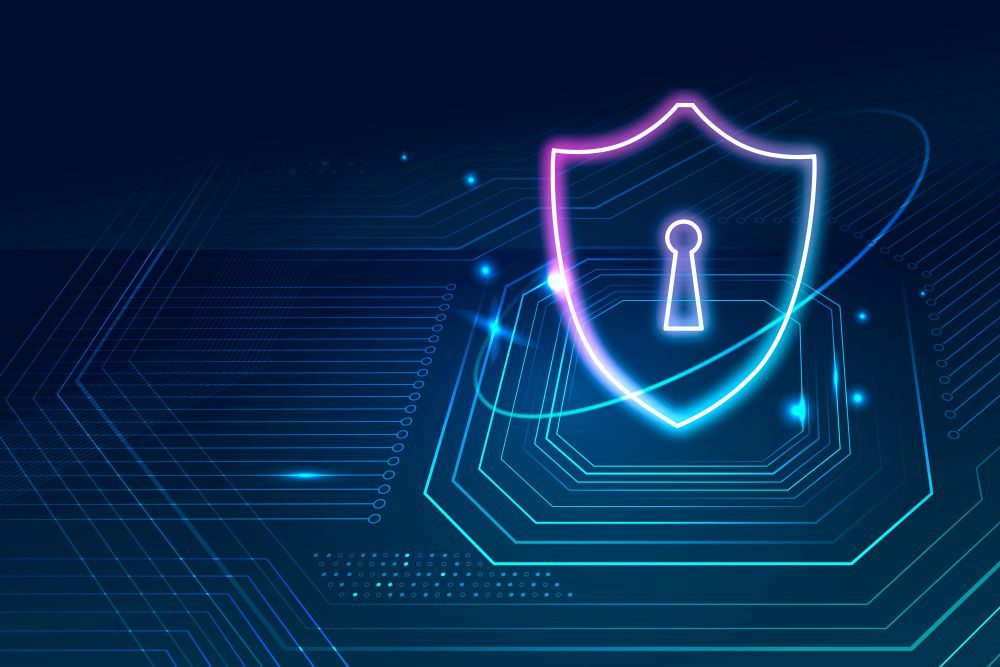In today’s digital landscape, where organizations rely heavily on interconnected networks to conduct business, network security plays a vital role in protecting sensitive information from cyber threats. This blog explores key strategies and best practices that network administrators can implement to enhance network security and ensure the integrity and confidentiality of their organization’s digital infrastructure.
Need for Network Security
Network security is crucial to protect against cyber threats like malware, phishing, and data breaches. It safeguards data, ensuring data privacy and preventing financial and reputational losses. A secure network also ensures uninterrupted business operations, mitigating downtime caused by cyber-attacks or network failures. Implementing robust network security measures is essential to maintain the integrity, confidentiality, and availability of data, bolstering an organization’s resilience in today’s highly connected digital world.
Let’s take a look at the five best practices for network security:
Implement Strong Access Controls

You can utilize robust authentication mechanisms such as multi-factor authentication (MFA) to prevent unauthorized access. By enforcing strong password policies and regularly updating passwords, you can mitigate the risk of password-based attacks. You can also employ network segmentation to isolate critical assets and limit the impact of potential breaches.
Regularly Update and Patch Systems
By keeping network devices, operating systems, and software up to date with the latest security patches and updates, network administrators can address known vulnerabilities promptly and minimize the risk of exploitation. You can implement a robust patch management process to ensure timely deployment of critical security updates. Another way is to regularly monitor vendor advisories and security bulletins to stay informed about potential vulnerabilities.
Implement Intrusion Detection and Prevention Systems
This can be done by deploying Intrusion Detection and Prevention Systems (IDPS) to monitor network traffic and detect potential threats. You will have to configure IDPS to send real-time alerts for suspicious activities, such as unauthorized access attempts or malware infections. By continuously updating and fine-tuning IDPS rules to adapt to evolving threats, it can successfully detect and block the malicious traffic, preventing any unauthorized access to the network.

Conduct Regular Network Audits and Assessments
If you perform regular network security audits, you can identify vulnerabilities and weaknesses early. Conduct penetration testing to simulate real-world attack scenarios and evaluate the effectiveness of existing security measures. It is important to stay up to date with industry best practices and compliance regulations to ensure network security aligns with the latest standards.
Provide Ongoing Employee Education and Awareness
You can educate employees on best practices for network security, including strong password hygiene, phishing awareness, and safe browsing habits. By conducting regular training sessions and awareness campaigns, you can keep employees informed about the latest threats and attack vectors. Foster a culture of security by encouraging employees to report suspicious activities promptly.
Conclusion
By implementing strong access controls, regularly updating systems, deploying intrusion detection and prevention systems, conducting audits and assessments, and providing ongoing employee education, network administrators can fortify their networks against cyber threats. By adopting these best practices, organizations can ensure the integrity, confidentiality, and availability of their critical network resources in the face of ever-evolving security challenges.
ABM College offers a Network Administrator Course that helps you gain meaningful employment.
Contact us to learn more.
Read more industry-related blogs.
About The Author

Private Career College
ABM College is a leader in career-focused education, committed to empowering students with industry-relevant skills. With expert instructors and practical training, ABM College delivers high-quality programs in health, business, technology, and more, ensuring graduates are prepared to meet workforce demands. Known for its supportive learning environment and a focus on real-world application, ABM College is a trusted educational partner helping students achieve professional success across Canada.
